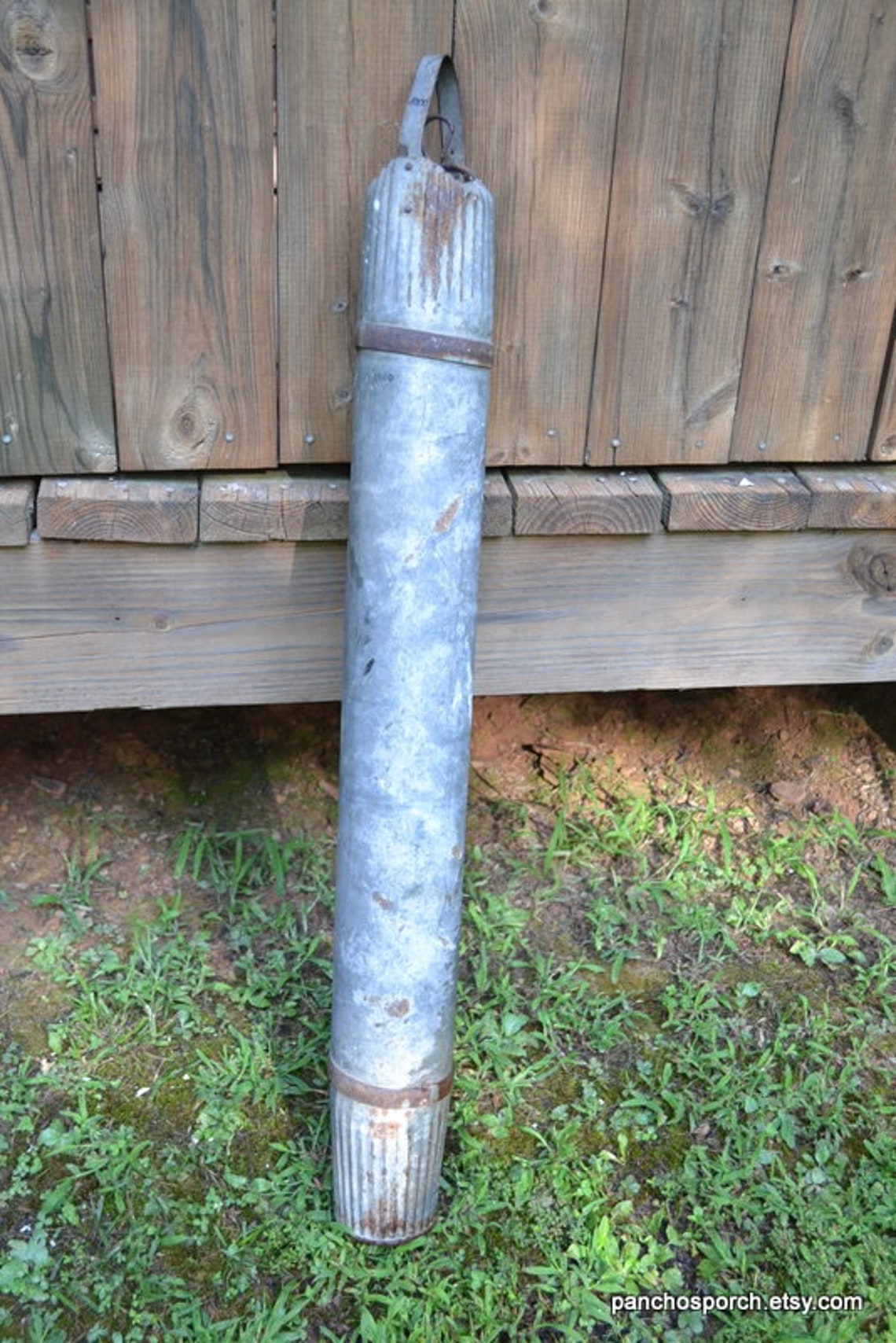
A plot of ApD versus to on arithmetic cordinates will yield a straight line from which the reservoir pore volume occupied by gas and the reservoir limits can be calculated. In effect, then, the total drainage area is being depleted at a constant rate. The pressure starts declining at the same rate at all points in the reservoir hence the name pseudo-steady-state.

When a constant-rate drawdown test is run for a long period of time, the boundary effects eventually dominate the pressure behavior at the well. When the reservoir boundary begins to have a significant effect on well drawdown, the transient region ends the pseudo-steady-state or depletion phase directly follows the transient period. If a fault is encountered in the reservoir, the slope of the line will double, and a new straight line will be established. This semilog straight line continues as long as the reservoir is infinite-acting.
#Well drawdown skin#
Only the permeability thickness kh, the skin factor s, and the inertial-turbulence factor D may be determined from such an analysis. The semilog analysis of drawdown data yields consistent values of reservoir parameters. Since a plot of P D versus T o (Time) on semilogarithmic coordinates will yield a straight line, the analysis of transient flow data is often referred to as a semilog analysis. In this flow regime the pressure is the same as that created by a line-source well with a constant skin. In fact, flow from the reservoir increases gradually from zero until the specified wellhead flow rate Q is reached in a length of time. When the well is opened at the surface for flow at a constant rate, the initial flow comes primarily from the wellbore itself, rather than from the formation. Initially during early-time flow, wellbore storage and skin effects dominate the flow. However, other information (such as profile surveys, production logs, stimulation history, well production tests, packer tests, core descriptions, and other geological data about reservoir lithology and continuity) would be useful in distinguishing between directional permeability and fractures or estimating whether the fractures were induced or natural.ĬHARACTERISITCS OF VARIOUS FLOW REGIMES: TIME-HISTORIES FOR A CONSTANT-RATE DRAWDOWN TEST Pressure interference or pulse testing could establish the possible existence and orientation of vertical fracture of a gas reservoir. All this information can be used to help analyze, improve, and forecast reservoir performance. Practical information obtainable from transient testing includes wellbore volume, damage, and improvement reservoir pressure permeability porosity reserves reservoir and fluid discontinuities and other related data. As the term is used in this book, pressure transient testing includes generating and measuring pressure variations with time in gas wells and subsequently, estimating rock, fluid, and well properties and predicting reservoir/ well behaviour. Pressure transient testing techniques, such as builup, drawdown, interference, and pulse, are important part of reservoir and production engineering. Much of that information can be obtained from pressure transient tests. Some of the important characteristics are the flow capacity kh, skin factor s, and turbulence coefficient D.ĬHARACTERISITICS OF FLOW AND GAS WELL TRANSIENT TESTING. The purpose of the drawdown testing is to determine the reservoir characteristics that will affect flow performance. Both single-rate and two-rate tests are utilized depending on the information required. If the flow extends to the pseudo-steady state, the test is referred to as a reservoir limit test and can be used to estimate in-place gas and shape of the reservoir. This is called drawdown testing and it can utilize information obtained in both the transient and pseudo-steady-state flow regimes. Important reservoir parameters can be determined by flowing a well at a constant rate and measuring flowing wellbore pressure as a function of time. This allows for a test to be run until a given amount of reserves have been proven. On most tests, it is possible to perform an «Integrated Volume Explored» calculation as the test progresses.


Since you can’t see a boundary until the pressure wave hits it, there’s no way to tell how long a build-up is required to see the reservoir limits. DRAWDOWN TEST OBJECTIVES: The objectives of a drawdown test are to determine skin, perm and the distances to the reservoir’s boundaries.ĭRAWDOWN TEST We recommend doing a drawdown test to look for reservoir limits instead of running a build-up because a flowing well test does not interrupt cash flow.


 0 kommentar(er)
0 kommentar(er)
